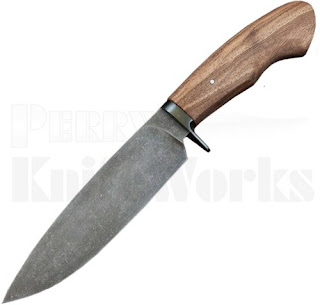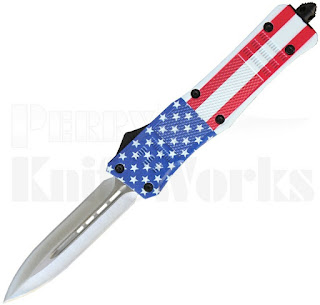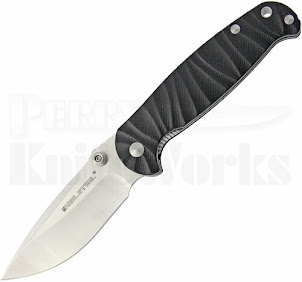The knife world is sharp and fine like knives. Collectors and connoisseurs pursue a seasoned taste when it comes to making knife selection. One of the key features that they look for in a folding knife is the locking mechanism. Out of several locking mechanisms, two are prominent: liner lock and frame lock.
Both liner and frame lock knives
have their own features, suitable for different needs. Therefore, it’s crucial
to first understand the differences between the locks, and the pros and cons
they offer.
Linear lock
Came into existence in the late 19th century, it’s
the most commonly used folding pocket knives. The characterizing feature is the
presence of a spring bar (liner) on the side of the sharp edge of the blade.
In closed position, the spring bar is secured
under tension as it bents inwards. When opened manually, the tension pushes the
liner or bar inwards and reaches the blade’s tang end, which secures it in
place to prevent closing.
Variations and updates have happened in the
liner lock, but the basic concept remains the same. In Kershaw, there’s an
inset liner lock which is to cut the weight.
Frame lock
The locking mechanism is quite similar to a
liner lock. However, a frame lock knife
makes use of a part of the knife handle as a lock. Consequently, frame locks
are sturdy as the handle is thick and usually made of a strong metal.
To make the lock work, the side of the frame features
a cut in the middle. The cut is bent
inwards for secure lock up in open and close positions.
Closing has the same mechanism like liner. You have
to apply pressure to push the frame from the blade.
On the whole, both are safe and effective. Both
will offer great performance, only that a framelock is more suitable for
demanding tasks as it’s stronger.






